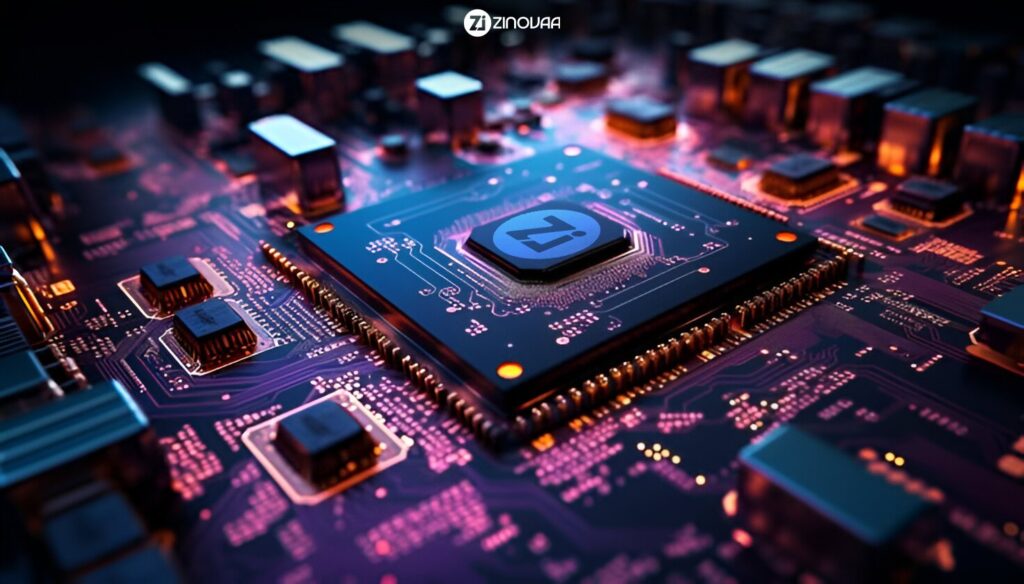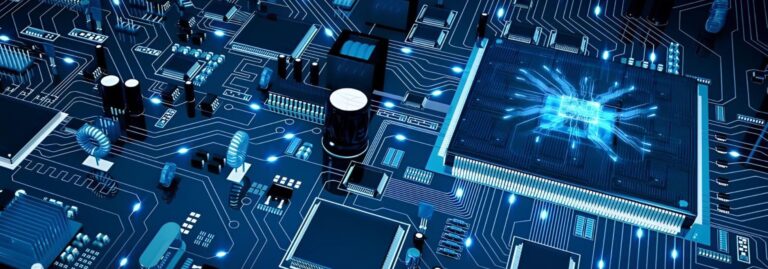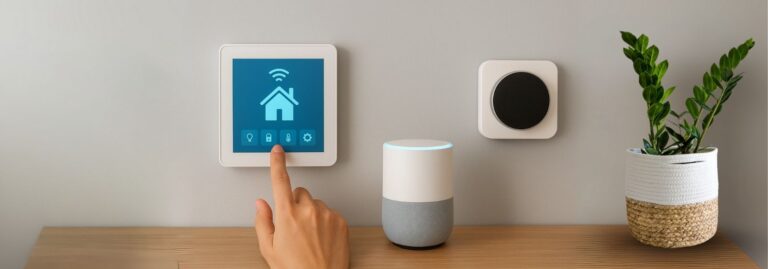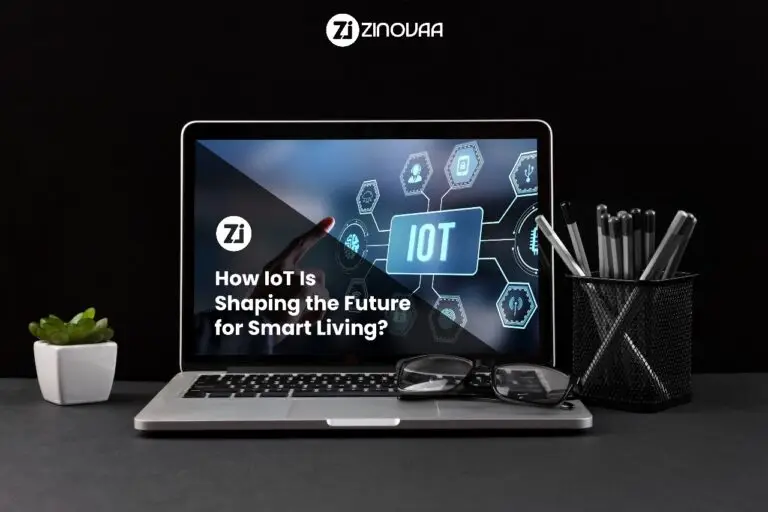If I had to guess, some of you might picture trendy smartphones, strong laptops, or stylish smartwatches when we talk about the term “technology”. There are systems you can’t see at the core of these devices. But they are always there, powering your morning, connecting you to your loved ones, and quietly running the world around you
Almost every useful gadget made today contains an unseen worker: an embedded system.
They are found in everyday machines, where they perform set tasks swiftly and with precision. You won’t find them on display in tech stores. But without them, your car wouldn’t run, your smart thermostat wouldn’t know when to adjust temperature, and the washing machine would stop working.

An embedded system is generally a specialized computer built inside another device to ensure that one process is carried out with great accuracy and speed. Since embedded systems are optimized for dedicated tasks, unlike conventional computers, they are designed to perform with minimal human interaction. Embedded systems are valuable in our world because they are small, affordable, and energy efficient. Real-time action without any noises alerting you cannot be possible without these systems.
To put it technically, an embedded system is made up of hardware (often a microcontroller or microprocessor) and software that work together to make a product perform a certain job. These systems enable real-time processing, using sensors to gather data, analyze it inside the system, and trigger a certain output to the environment, all by themselves.
Such systems are working quietly inside household devices to monitor heating, lighting, and energy usage so that everyday life eases without drawing attention. The same happens in transportation, where small controllers track the engine, check the vehicle’s condition, and ensure safety for millions on the road. In addition to helping in homes and on roads, embeddable technology monitors and controls life-saving devices and equipment found in healthcare settings. All parts of modern life, from our homes to hospitals and roads, are covered by these systems and supported every day.
Their power comes from being unnoticeable to most people. They are put in place to function effectively, even when you don’t see them. They perform these tasks continuously and steadily, making it possible for people to live comfortably, drive safely, and enjoy efficient cities with vital services. At Zinovaa, we specialize in engineering robust, optimized embedded solutions that drive everything from smart home devices to industrial AI-driven systems.
Conclusion
Even though embedded systems are compact and nearly silent, they support much of the technology used daily. They are found everywhere from our homes to hospitals, and they make sure everything remains efficient. The effects they create may be difficult to see, yet they are crucial for the ecosystem. Interesting! Isn’t it?
What’s one device you use every day that you think runs on embedded technology? Tell us below!



